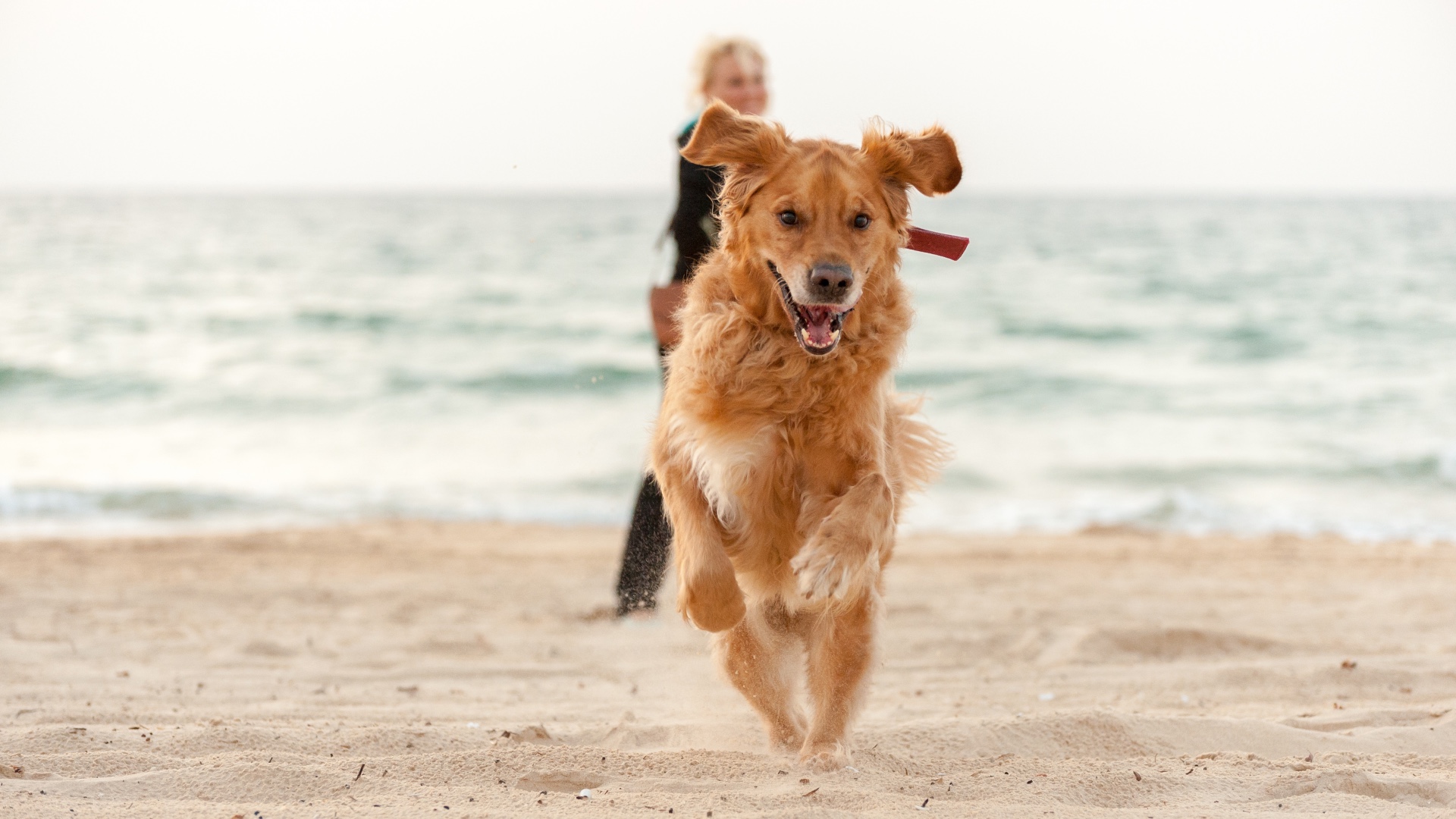
There's no denying it — some days training our canine companions is far from a walk in the park!
Whether it's trying to avoid the most common loose leash walking mistakes or attempting to remedy the reasons why your dog's recall isn't reliable, there are always going to be good days and bad days when it comes to helping your fur friend learn the ropes.
And as it turns out, what we do on those bad days or in those tricky moments during a training session is super important to our dog's overall success with what it is we're trying to teach them.
According to expert trainer and behaviorist Louise Glazebrook, it's when our dogs refuse to engage that we often make a very common mistake — and it's one we're definitely guilty of!
Glazebrook says she often gets asked by people what she does when a dog doesn't want to engage with her, when they go off in another direction, or when they walk away in the middle of a training session.
And her surprising answer?
"I wouldn't do anything," she says.
"I wouldn't call them back, I wouldn't make a noise to try and prompt them, because what they're showing by walking away is that they aren't engaged in that moment, they're not interested, it's not motivating to them, they don't want to be a part of it."
So if calling your dog back and trying to get them re-engaged in the training session isn't the answer, what's a frustrated pet parent to do?
Well, according to Glazebrook some days our dogs just aren't feeling it, in the same way that many days we as humans aren't feeling it. Instead of forcing them to come back, try to encourage them in subtle ways.
"I would have my dog treats or a toy and I would sit and I would kind of just move it around a little bit.
"I wouldn't be asking them to do anything but as soon as they come back and show any interest, (even if that's just turning around and looking at me), straight away I would reward that."
If, like in the example Glazebrook shares above, your dog is looking at you from a distance, you might throw a treat to where they are.
"All I'm letting them know is I loved that, I loved that you looked back at me, that you showed an interest, that you're slightly more interested than you were before."
Glazebrook says that using this simple method tends to almost always result in an increase in obedience and responsiveness.
Why not try it out for yourself and see? And if you feel you and your pup would benefit from some 1:1 support, we recommend consulting with an expert trainer.
Before you do that, be sure to read our guide to how to spot dog trainer red flags to ensure you're working with a qualified professional.







